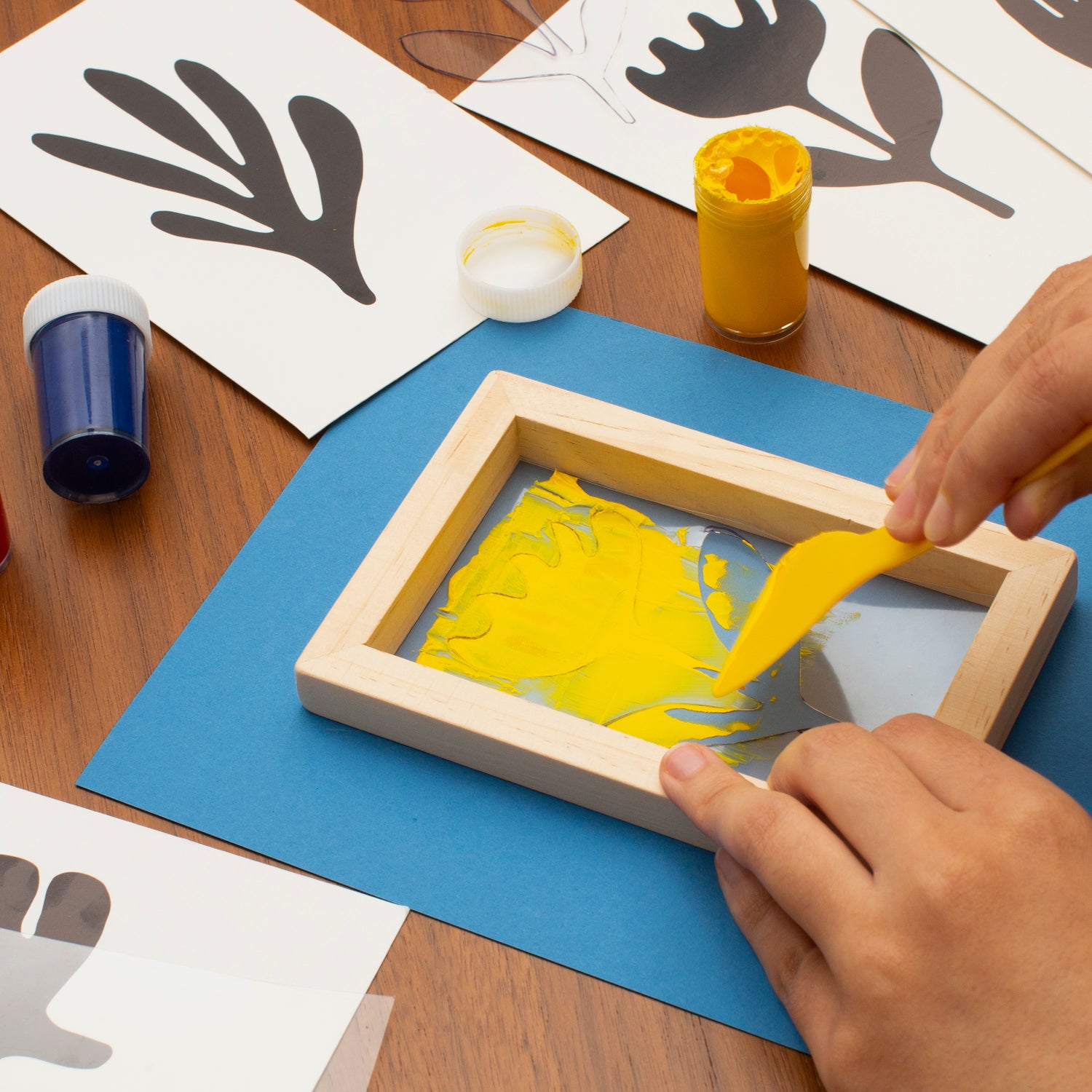ChatGPT said: Unbiased breakdown of 10:9 Design reviews: what you should know before ordering
The Essential Guide to Understanding Screen Printing and Its Versatile Makes use of
Screen printing has a rich history that goes back to old times, evolving into an advanced method utilized throughout different industries today. This overview checks out the intricacies of the screen printing process, outlining its applications in fashion, home, and advertising and marketing décor - 10:9 Design contact. Understanding these principles can open up imaginative possibility for both industrial and imaginative projects. The complying with areas will reveal vital suggestions and strategies to boost one's screen printing undertakings
The History of Screen Printing
Screen printing has roots that trace back centuries, its development mirrors the artistic and technological developments of numerous societies. Coming from old China, the method was at first used for embellishing textiles and later spread to Japan, where it came to be important to Ukiyo-e woodblock printing. The approach shifted to Europe in the 18th century, where it gained popularity among craftsmens and business printers. The innovation of photo solution in the 20th century transformed screen printing, permitting even more elaborate styles and greater effectiveness. Musicians like Andy Warhol further propelled its popularity, using the medium to develop legendary jobs that blended commercialism and art. By the late 20th century, screen printing had developed itself as a versatile strategy, used in fashion, advertising, and great art. Today, it remains to develop, integrating electronic modern technology and expanding its applications throughout various industries.
The Screen Printing Refine Explained
Screen printing transforms imaginative visions into substantial designs with a collection of specific actions. An image is developed and after that transferred onto a screen, commonly made of fine mesh fabric extended over a frame. A light-sensitive emulsion is put on the screen, which is exposed to light, setting in areas not covered by the image. After washing out the unhardened emulsion, a pattern is created.
Next off, the screen is put over the substrate, whether it be textile, paper, or another material. Ink is then pushed via the open locations of the pattern using a squeegee, depositing the design onto the substrate below. This process can be repeated for multiple colors, needing different screens for every color. The published product is healed making use of heat to assure the ink adheres appropriately, resulting in a long lasting, dynamic design all set for usage.
Sorts Of Screen Printing Techniques

Furthermore, specialty techniques, such as discharge screen printing, remove color from the material to produce softer prints, while aluminum foil screen printing uses metallic aluminum foil to accomplish a shiny finish (10:9 Design Embroidery). Each method offers distinctive qualities, catering to various innovative demands and production ranges, eventually increasing the opportunities within the screen printing domain name
Applications of Screen Printing in Various Industries

Additionally, the signs and advertising industries make use of screen printing for producing attractive displays and banners. This technique permits bold shades and elaborate designs that record focus. In electronics, screen printing is employed for applying conductive inks to circuit boards, necessary for component connections. The home décor industry welcomes screen printing to produce distinct layouts on textiles and wall surface art. Generally, screen printing offers as an important tool throughout varied areas, boosting items with customized and visually appealing graphics.
Tips for Successful Screen Printing Projects
While taking on a screen printing task, cautious interest to information can considerably boost the final end result. First, picking premium products is important; this consists of the screen, inks, and more info substrates. Making use of proper mesh matters can affect ink deposition and information resolution. Prep work is just as important; detailed cleaning of screens and correct exposure times guarantee crisp prints.
Next off, accurate enrollment is important for multi-color prints. Using positioning devices can aid attain precise layering. Additionally, testing prints on scrap materials prior to manufacturing helps identify prospective concerns without wasting resources.

Regularly Asked Inquiries
What Products Are Ideal for Screen Printing on Textile?
Cotton and polyester blends are perfect for screen printing on textile because of their sturdiness and ink absorption. Furthermore, specialty materials like silk or canvas can generate distinct appearances and surfaces, improving the total style quality.
How Do I Tidy and Maintain Screen Printing Equipment?
To clean and keep screen printing devices, one need to routinely clean displays with appropriate solvents, check mops for wear, lubricate relocating components, and store all products in a completely dry, dust-free setting to prolong their life-span.
What Are the Ecological Effects of Screen Printing?
Screen printing can have considerable environmental influences, consisting of chemical waste from solvents and inks, water usage throughout cleansing procedures, and power intake. Green materials and sustainable techniques are essential for lessening these adverse results.
Can Screen Printing Be Done in your home Successfully?
Screen printing can be efficiently done at home with the ideal products and techniques. Hobbyists can produce top quality prints, though success relies on their ability degree, equipment, and understanding of the process included.
What Are the Expenses Related To Beginning a Display Printing Service?

Starting a screen printing organization entails prices for devices, materials, and workspace. Initial expenses commonly vary from a few hundred to numerous thousand bucks, depending upon the scale, high quality of machinery, and desired production capability.
Screen printing has a rich background that dates back to old times, progressing right into an innovative method used across different markets today. Another strategy, rotating screen printing, uses round screens, facilitating continual printing on textile rolls, thereby enhancing efficiency for massive productions. Furthermore, specialized techniques, such as discharge screen printing, remove color from the fabric to create softer prints, while foil screen printing applies metal aluminum foil to achieve a shiny coating. In the style field, screen printing is widely made use of to produce vivid styles on apparel, enabling brands to showcase their unique styles. Cotton and polyester blends are ideal for screen printing on material due to their durability and ink absorption.